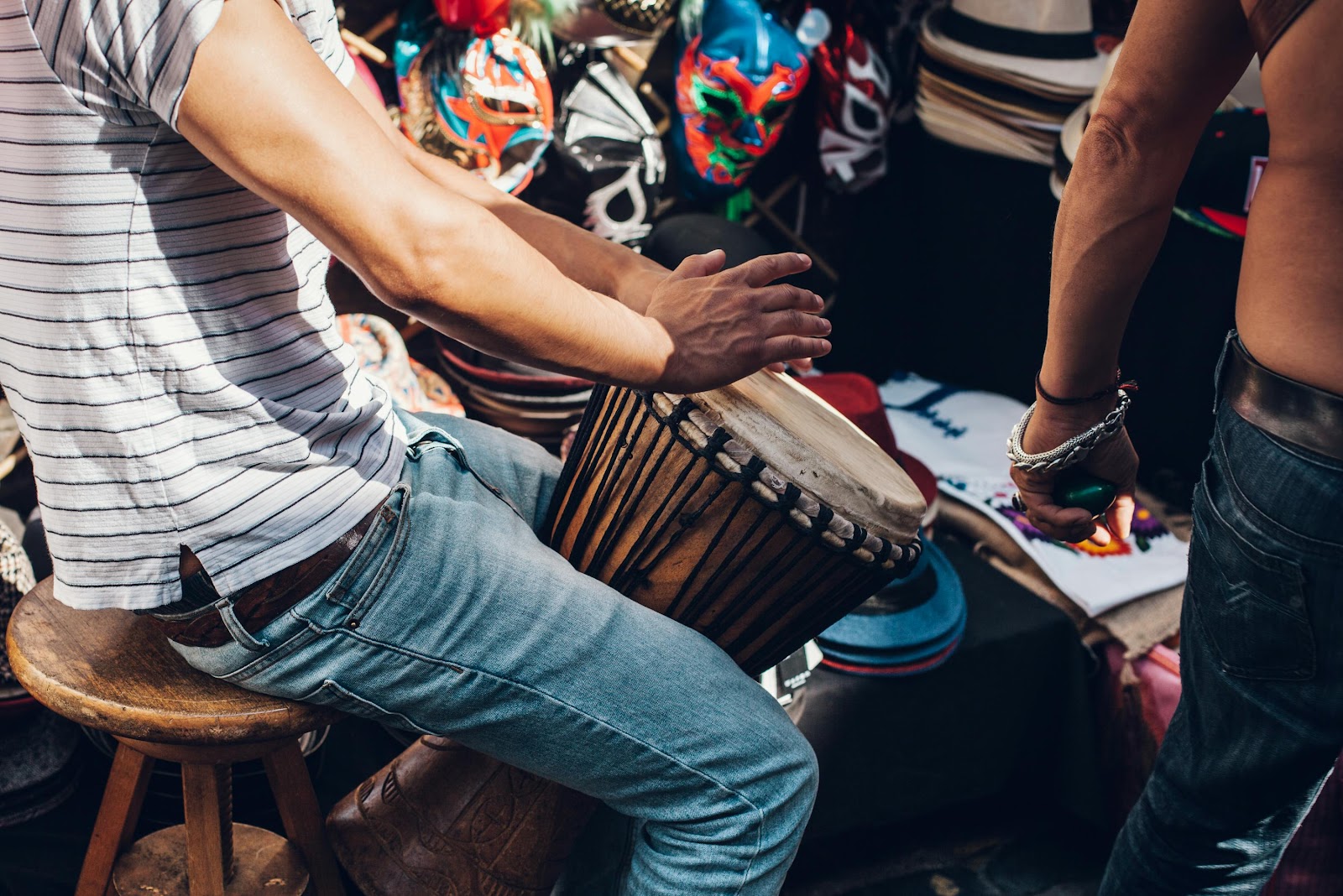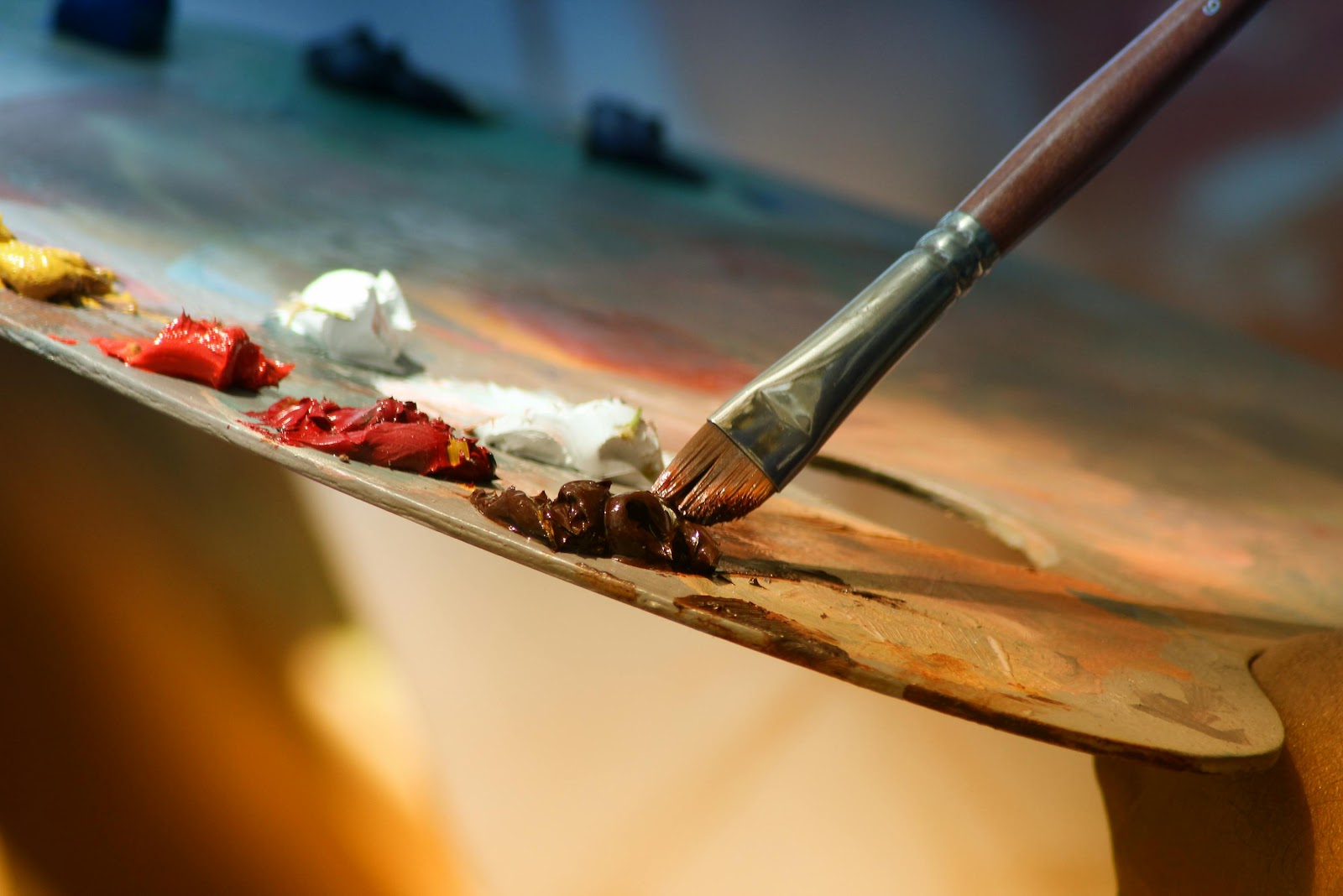The arts and culture industry is a potent vehicle for narrative, expression, and fostering community.
The cultural world offers a common area for people to interact, think, and communicate across boundaries, whether it be through theater, music, visual arts, or film.
However, accessibility barriers can seriously limit the full participation of people with disabilities, especially the Deaf community, in these spaces.
Even though disability rights have gained international recognition, there is still a critical need for more inclusive settings in the arts and culture, which calls for conscious action.

The Role of Accessibility in the Arts
Many people believe that the arts capture history, emotions, and experiences, reflecting the human condition.
However, a sizable section of the populace is denied the opportunity to partake in or enjoy these experiences when accessibility is inadequate.
The absence of sign language interpreters at cultural events, the absence of captions in movies and digital content, or the lack of tactile elements in exhibitions for people with multisensory impairments are just a few examples of the various ways that the Deaf community is excluded.
Accessible components are not an afterthought; rather, they are a basic human right.
Providing Deaf people with access to cultural experiences should be viewed as a commitment to equality and human dignity rather than as a humanitarian gesture.
Arts institutions and cultural organizations are required to provide accessible content because the United Nations Convention on the Rights of Persons with Disabilities (CRPD) recognizes the right of people with disabilities to access cultural materials, performances, and services.
Language and Communication Barriers
The absence of language accommodations is one of the biggest obstacles to the Deaf community’s access to the arts.
Many Deaf people use sign language as their primary form of communication, but many cultural institutions lack the resources necessary to offer interpreters or sign language-translated materials.
For example, Deaf audience members frequently miss out on the conversation during theater performances, making it difficult for them to fully understand the performance without interpretation.
Subtitles and captions continue to be essential for accessibility in online, television, and movie media.
The availability and caliber of captioning still vary widely, despite recent increases in the use of captioning on websites like YouTube and Netflix.
Deaf people’s capacity to completely appreciate or interact with cultural content is compromised by inaccurate or lacking captions.
In addition to restricting access, these communication obstacles also keep the Deaf community feeling excluded.
Cultural organizations and artists must put accessibility first at every level of production, from conception to completion, if they hope to establish a truly inclusive atmosphere.
Promoting Diversity Through Inclusive Arts

Ensuring the participation of individuals with disabilities is not the only benefit of integrating accessibility into the arts.
Encouraging diversity also enhances the cultural environment.
Performers, actors, and artists who are Deaf contribute distinct viewpoints that enhance artistic expression.
A more dynamic and representative arts scene is facilitated when cultural institutions welcome more inclusive practices.
A growing group of Deaf artists are advocating for greater accessibility in the arts and challenging social norms through their platforms.
Deaf-led art collectives and theater groups, for example, have become well-known for their creative exhibitions and performances that highlight the Deaf experience.
These contributions emphasize how crucial it is to support Deaf people’s artistic endeavors as performers and artists in addition to including them as audience members.
Supporting Deaf creators entails giving them the resources, capital, and venues they need to showcase their work to the public.
However, this calls for consistent work from funding sources, artists’ organizations, and legislators who are dedicated to advancing inclusivity.
Technology as a Tool for Inclusion
To increase accessibility for the Deaf community in the arts, technology is becoming more and more important.
Deaf people can now interact with artistic content in new ways thanks to innovations like real-time captioning, sign language interpretation through video platforms, and haptic feedback devices for listening to music.
Since more cultural events moved online in the wake of the COVID-19 pandemic, digital accessibility has become especially important, presenting both opportunities and challenges for inclusion.
For instance, Deaf audiences now have more options thanks to live sign language interpretation or virtual theater performances with integrated captions.
Similar to this, developments in augmented reality (AR) and virtual reality (VR) could offer immersive art experiences that satisfy a range of sensory requirements.
There is a lot of promise for these technologies to be applied more broadly in the cultural sector as they develop to produce truly inclusive experiences.
These technologies are still not widely adopted, though.
Because of a lack of funding or a poor comprehension of accessibility requirements, some progressive institutions have embraced the potential of tech-driven solutions, while others are falling behind.
Cultural institutions that want to reach a wider audience must prioritize investing in accessible technology.
The Role of Policy and Advocacy
To ensure that the arts are accessible to the Deaf community, policy is just as important as technology and institutional dedication.
Clear rules and legally binding standards that support accessibility in public and cultural settings must be established by governments and regulatory agencies.
Making cultural experiences more inclusive requires policies that require sign language interpretation at major events, captioning in public screenings, and accessible design in galleries and museums.
Additionally, advocacy groups are essential to bringing about change.
The Deaf community is still fighting for greater accessibility and representation in the arts, joining forces with allies in disability rights movements.
Smaller victories have resulted from these initiatives, like better digital media captioning standards or the availability of interpreters at well-known cultural events.
However, to close the remaining gaps, persistent advocacy is required.
Numerous cultural institutions continue to function without thorough accessibility policies, and accessibility is frequently disregarded due to a lack of enforcement.
The Deaf community’s opinions must be respected and heard at all levels of decision-making, from cultural planning to governmental policy, if significant change is to take place.
Conclusion
The benefits of the arts and culture to society as a whole are enormous, but they will not be fully appreciated until everyone has access to them.
For the Deaf community, removing obstacles to accessibility in the arts is a social justice issue as well as a legal one.
To establish a cultural sector in which Deaf people can participate fully and equally, it is imperative to implement language and communication accommodations, inclusive creative spaces, technological advancements, and supportive policies.
Cultural organizations that put accessibility first not only improve their programs but also help create a more just society where everyone can enjoy the arts and its many voices and viewpoints.
For those who are looking for additional support, Unspoken Language Services offers interpreting services to help bridge the communication gap between the deaf and hearing communities.
Thumbnail Photo by Clem Onojeghuo

